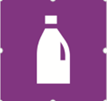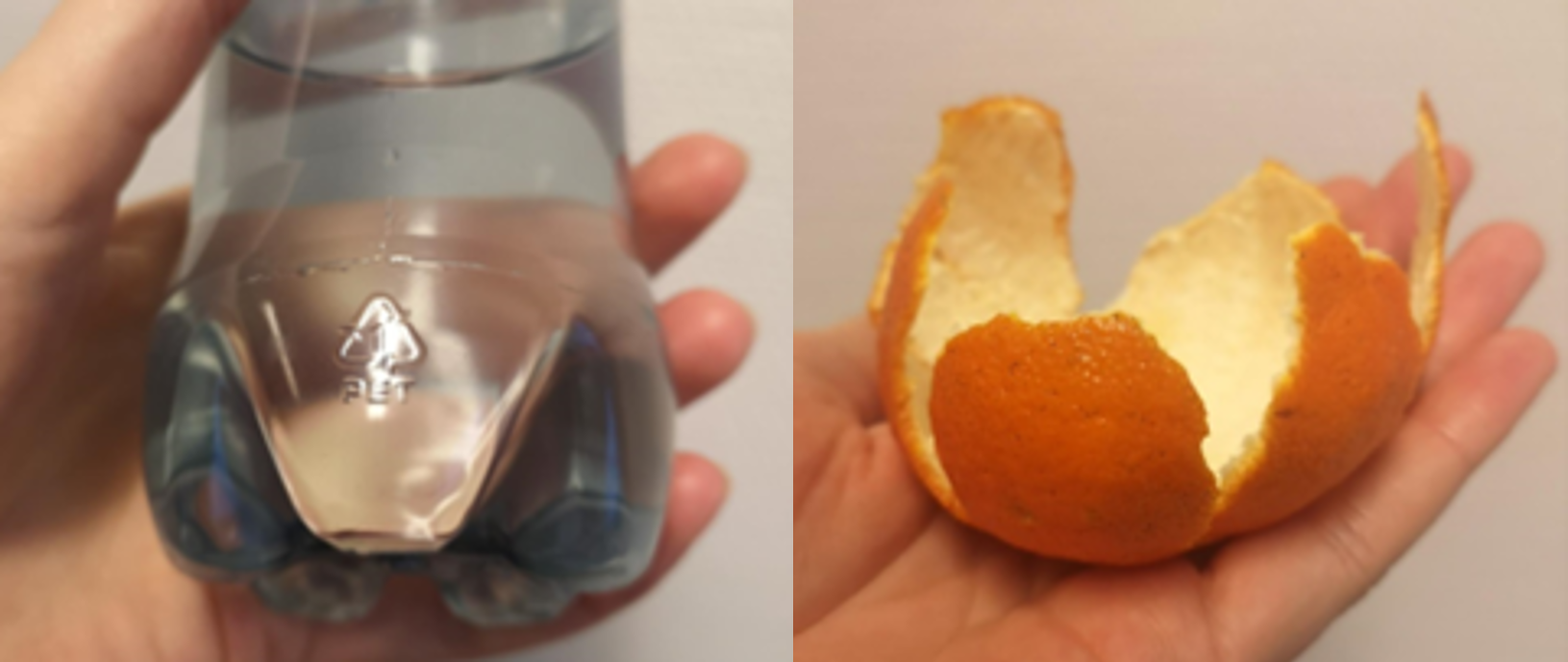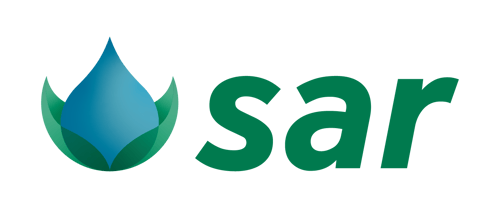As of January 1, 2023, your company must make arrangements for employees to sort food and plastic waste in accordance with new requirements.
As a result of a change in the waste regulations, chapter 10a, stricter requirements are now being placed on waste sorting, both at home and at work. SAR wants to contribute information, guidance, and proper equipment so that you and your company can comply with the new guidelines in a good and efficient manner. We offer advice and total solutions for the treatment and handling of all types of waste.
| Food waste includes all edible (or previously edible) waste. In addition, paper towels used to wipe up food can be sorted into this waste fraction. |  |
|
Plastic waste includes plastic packaging such as bags, films, cups, and bottles, as well as other plastic types that are not packaging. It is advisable to have separate bins for plastic packaging in an office or cafeteria, while other plastic types such as plastic pockets should be sorted outside of the plastic packaging. These can be delivered as mixed plastic. Did you know that most plastic products are labelled with plastic quality? Remember that bottles with the deposit (pant) label should still be sorted for bottle deposit! |
 |

Help turning waste to resources by recycling and reusing
We see waste as a resource, and we know that improved sorting will lead to better opportunities to achieve the goal of a more circular economy.
When food waste is sorted into a separate waste fraction, the waste can be used to produce biogas, which can replace use of fossil fuels and natural gas. In addition, biogas can be used to supplement district heating on cold days. Food waste can also be utilized as raw material in the production of fertilizers and compost.
Sorted plastic is compressed and sent to a sorting facility where contaminated plastic are sorted out. Recyclable plastic is then sorted according to its respective qualities, such as PET and PP. The sorted plastic is sent to recovery where it ends up as small pieces of granules or flakes, which can be utilized as raw material in new plastic production. Packaging made of polyethylene (PET) can become bottles, cans, and boxes.
Many have already been sorting food and plastic waste at home for a long time, and now there are requirements for both municipalities and businesses to ensure increased sorting rates and recycling. In an information brochure from the Ministry of Climate and Environment (Klima- og Miljødepartementet), it is stated that the goal is for 65% of household waste to be material recovered or ready for reuse in 2035. More stringent requirements are a step towards this goal.





